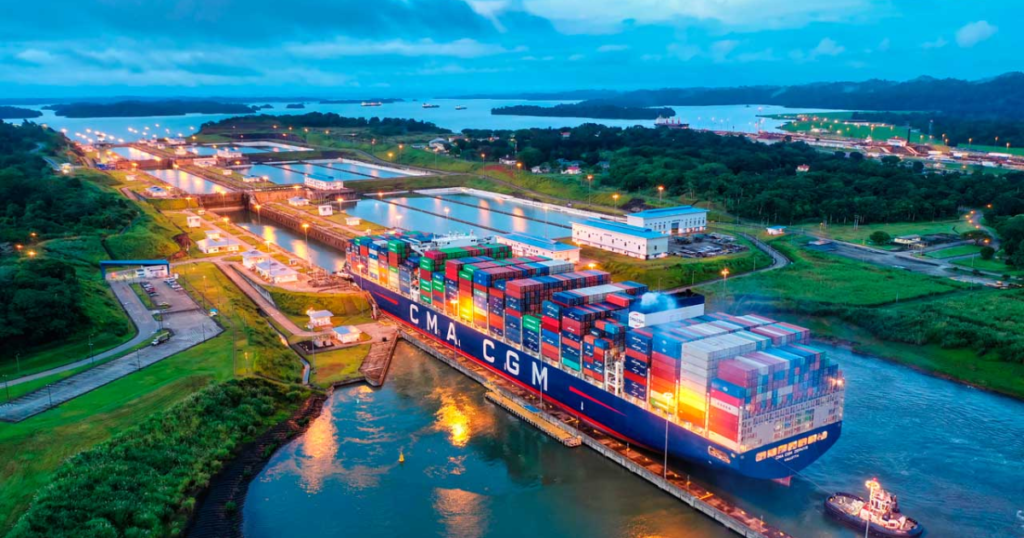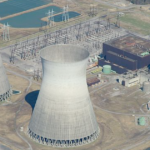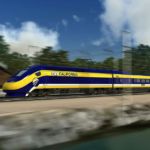Introduction
The Panama Canal is one of the greatest engineering marvels in history, revolutionizing global trade by connecting the Atlantic and Pacific Oceans. However, its completion in 1914 was only part of a long, turbulent history filled with failed attempts, abandoned expansions, and unrealized projects. From early European efforts to modern-day expansion plans, the Panama Canal has seen numerous ambitious projects that never reached completion. This article explores the major unfinished Panama Canal projects and the reasons behind their delays or abandonment.
The French Attempt: Ferdinand de Lesseps’ Failure (1881-1894)
Before the successful completion of the Panama Canal by the United States, the French undertook a monumental but disastrous attempt.
Why It Failed:
- Led by Ferdinand de Lesseps, the architect of the Suez Canal, the project underestimated the challenges of Panama’s mountainous terrain and tropical diseases.
- Thousands of workers died due to malaria and yellow fever, crippling progress.
- Engineering problems, including landslides and unstable soil, caused continuous setbacks.
- Financial mismanagement and corruption bankrupted the project by 1889.
The United States’ Abandoned Sea-Level Canal Plans (1904-1906)
When the United States took over the canal project in 1904, initial plans called for a sea-level canal similar to the Suez Canal.

Why It Was Changed:
- Engineers realized that a lock-based system would be more feasible given the region’s geography.
- Concerns over massive excavation efforts and flooding risks led to a shift in strategy.
- The lock-based design was ultimately chosen, allowing for the successful completion of the canal in 1914.
The Third Locks Project (1939-1942)
During World War II, the U.S. planned to expand the canal by adding larger locks to accommodate growing naval and commercial ships.
Why It Was Never Completed:
- The outbreak of World War II shifted priorities to military needs rather than canal expansion.
- Material shortages and workforce reductions halted construction.
- Though some work had begun, the project was officially abandoned in 1942.
The Sea-Level Canal Study (1960s-1970s)
In the Cold War era, the U.S. considered replacing the lock-based system with a sea-level canal to improve efficiency.
Why It Was Not Built:
- Environmental concerns over the destruction of ecosystems and potential seismic activity.
- The cost of an estimated $10 billion made the project financially unfeasible.
- Political challenges, including negotiations over control of the canal with Panama, complicated efforts.
The 1977 Torrijos-Carter Treaties and Post-U.S. Expansion Delays
After the U.S. agreed to transfer control of the canal to Panama, plans for modernization and expansion were developed.
Challenges Faced:
- Panama initially lacked the financial resources and technical expertise to begin large-scale upgrades.
- Political instability in the late 20th century delayed decision-making.
- Expansion plans were postponed multiple times before finally gaining traction in the 21st century.
The 2006-2016 Panama Canal Expansion
While the expansion of the canal was ultimately completed in 2016, it faced significant setbacks.
Delays and Issues:
- Construction delays due to labor strikes and contract disputes with construction companies.
- Cost overruns exceed initial budget estimates.
- Engineering challenges, including cracks in the new locks, required additional repairs before opening.
The Future of the Panama Canal: Unfinished and Proposed Projects
Despite the successful expansion, further projects have been proposed to address ongoing challenges such as increasing ship sizes and climate change impacts.
Potential Expansions and Challenges:
- Fourth Set of Locks Proposal: Panama has debated adding an even larger set of locks to accommodate ultra-large container ships, but high costs and environmental concerns have stalled progress.
- Climate Change Concerns: Rising temperatures and shifting rainfall patterns threaten the canal’s water supply, prompting studies into alternative water sources and conservation efforts.
- Alternative Routes: Some nations have explored building rival canals, such as the proposed Nicaragua Canal, which could compete with Panama if ever completed.
Conclusion
The history of the Panama Canal is not just one of triumph but also of numerous setbacks, failed attempts, and delays spanning over a century. From the ambitious but doomed French effort to modern expansion delays and future challenges, the canal’s development has been a continuous struggle against nature, politics, and economics. While many projects remain unfinished, the canal remains a vital artery for global trade, demonstrating both the resilience and limitations of human engineering. Future projects may yet transform the canal once again, but history suggests that progress will be anything but smooth.


